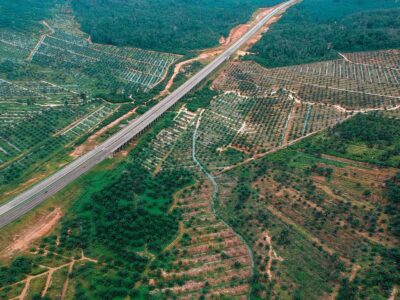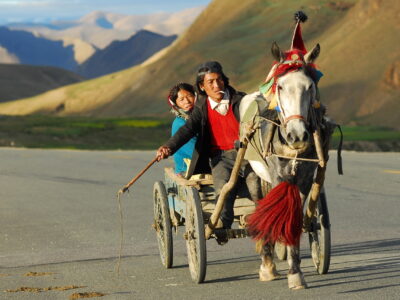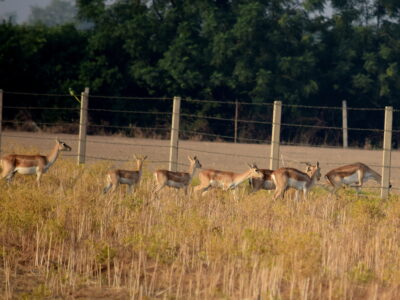Stella Lira

Pixabay, March 14, 2016
The Islands in North Bougainville have been experiencing drought for the past five months, which prompted several relief efforts to be carried out to address the needs of the communities.
Since November 2024, drought conditions have manifested in Nissan, Fead, Carterets, Mortlock, and Tasman islands of the Autonomous Region of Bougainville in Papua New Guinea. It is reported that this phenomenon is affecting 10,948 residents, spanning the communities of the remote islands. The persistent drought is exhausting the affected population’s water supply, compelling them to use alternative means, such as seawater, coconuts, and wells. Consequently, it is also triggering food insecurity with a frail environment for crops to grow and stock depletion of available food sources. In response, the Papua New Guinea Disaster Management Team (DMT), in cooperation with humanitarian actors, is conducting relief operations in these islands with the priority to address food, water, sanitation, and hygiene (WASH), and health demands. Despite the efforts to relieve the situation, there is still a call for more food and portable water.
The prolonged drought is impairing people’s access to basic necessities for survival. Apart from that, it emanates inevitable consequences that interfere with other aspects of life. Growing health concerns like malnutrition, dehydration, malaria, and diarrhea are becoming pertinent. Moreover, students are not in a good mental state to concentrate on their education, and school hygiene facilities are unfit for use. As a result, following the 2024 year-end holidays, the schools have not resumed operations. Similar circumstances are being endured by the personnel and public servants as they are unable to perform their roles properly with limited essential supplies.
It is evident how extreme weather conditions can have interconnected impacts on both human life and biodiversity. Delivery of adequate fundamental requirements like food and clean water is one of the pressing issues to sustain the citizens. However, ingenious and structural mechanisms also have to be developed to mitigate drought as a recurring predicament.
Sources and Further Readings:








Comments